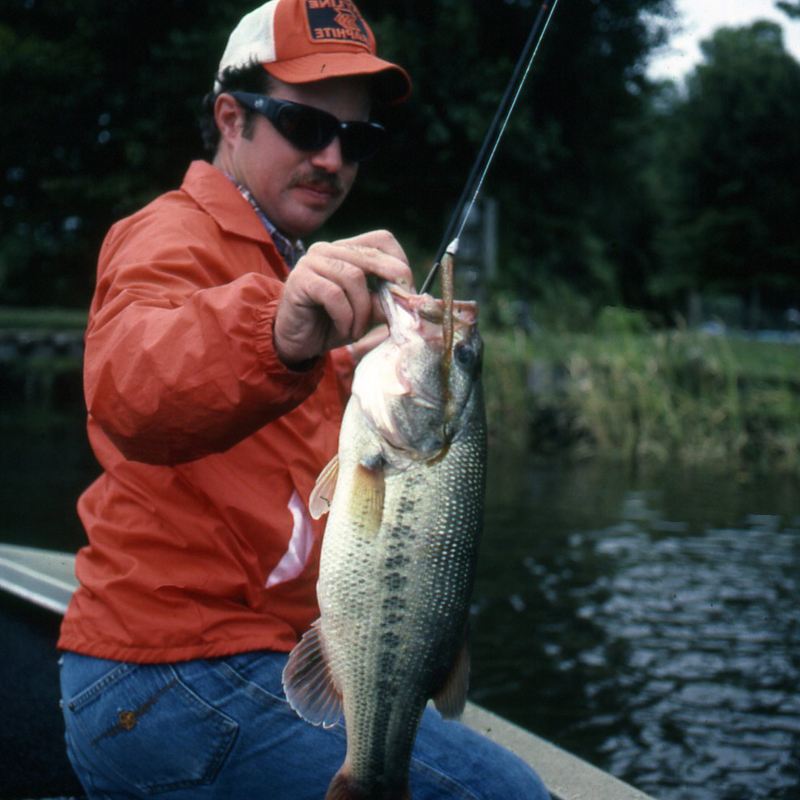I don’t spend much time fishing in freshwater, but I know many folks who only work the ponds and rivers. In 2013, Delaware sent out a survey to 9,000 anglers and received replies either by mail or the internet from 2,511 or 28 percent of those contacted. That might sound like a poor response, but with most surveys getting less than 10 percent, this one had a darned good return.
To no one’s great surprise, anglers age 65 or older had the highest percentage of response. Let’s face it, what else do we have to do?
Delaware’s ponds were the most popular fishing locations with 80 percent of those responding claiming to fish here. This is because the ponds have easy access and a fair number of fish available for catching.
The most popular pond was Lums in New Castle County followed by Silver Lake in Dover and Trap Pond near Laurel. It would appear that popularity follows population, from our most populated county to here in Sussex with the smallest population.
When it came to rivers, the Nanticoke came in first followed by the Broadkill and the Marshyhope. In New Castle County the Brandywine was the most popular followed by the Christiana. I find it interesting that the Christiana has become so popular since it was pretty dirty when I was growing up.
Some good news for Sussex County anglers, the Nanticoke River produced the most fish by far with 254, 606 total for all species. The Broadkill River and the Marshyhope Creek came in second and third. All three of these top producers are in Sussex County.
Finally, here is something we saltwater fishermen can learn from our freshwater brethren. Anglers working in rivers and streams released 96 percent of their catch, while those who fish in ponds release 98 percent of their fish. Please don’t send me any letters explaining that freshwater fishermen don’t have to worry about some dreaded netter coming along and catching the fish they release. The take of commercial fishermen in Delaware is so small that they have little if any significant impact on fish populations. Recreational fishermen in Delaware catch and kill far more fish than all the commercial fishermen combined.
On the other hand, no one is suggesting we release 98 percent of the fish we catch. I certainly plan to keep all the legal flounder, tog and black sea bass I am allowed. As I have previously mentioned, I do plan to release any rockfish I catch over 36 inches, but I don’t expect to catch a lot of those. One fish I seem to catch a lot of is croaker, and I do release many of these.
Recreational billfishermen have come a long way from the days when it didn’t count if it wasn’t dead. In the early days of the White Marlin Open, billfish were stacked like cordwood on the dock and sent to mink farms when no one wanted to take them home. It didn’t take long for Jim Motsko to figure out this was not the way to treat such a valuable resource, and he soon changed the rules. Today over 90 percent of the marlin caught during the tournament are released. Those that are killed are used for research or donated to food banks.
Getting back to freshwater fishing, it would appear that those of us in Sussex County are blessed to live near some of the best freshwater fishing in the state. Once the weather improves I plan to hit the local ponds, rivers and spillways at least until the first flounder of the year are caught out of the Lewes and Rehoboth Canal.
Tog research
I read an interesting research paper on DNA testing with tog. As previous tagging studies have indicated, tog do not move north and south like bluefish and striped bass. In fact, they hardly move at all, and when they do it is east and west.
Since tog seldom interact with their out-of-town cousins, they may have many separate populations.
The latest stock assessment indicated that tog were overfished, and overfishing was occurring. This is usually bad news, since the National Marine Fisheries Service is charged with stopping this trend, and the only way to do that is to reduce fishing mortality.
The problem for the service is they have very little data to go by concerning the distribution of the tog population. To this end, they are beginning to do DNA studies to find out how many populations of tog there are. Can you imagine what will happen if they discover that every group of tog on every piece of structure is a separate population? That would keep them crunching numbers for a very long time.

















































